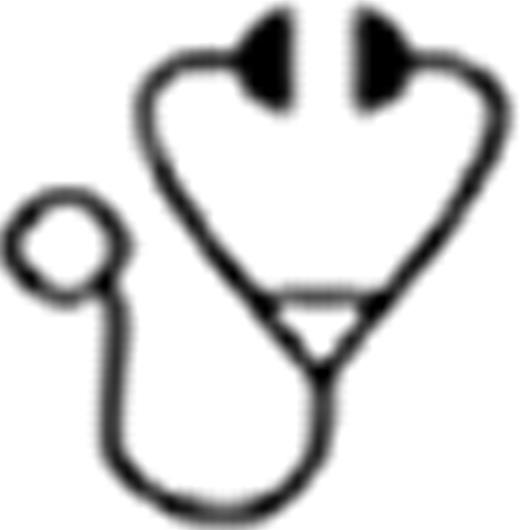Abstract
Abstract  668
668
Children with second relapse of acute lymphoblastic leukemia (ALL) are largely considered as non-curable and eligible for early clinical phase I /II trials. Nearly no data are available on the outcome of this patient group with conventional intensive therapy, and there is lack of a reliable comparator for the efficacy of new agents.
Aim of the study was to define suitable prognostic factors for children with 2ndALL relapse and to determine an effective standard therapy which could be recommended at least for curative subgroups. Furthermore we aimed to develop a rationale for a standard chemotherapy backbone for future phase I/II combination trials with new agents.
We retrospectively analysed treatment and outcome of patients with a first relapse of ALL registered at the ALL-REZ BFM trial centre since July 1995 until October 2010 who suffered a subsequent relapse. Out of these, we selected the patients who were re-registered for the treatment at second relapse. Patients were treated individually at the discretion of the treating centre. However, the ALL-REZ BFM study centre provided treatment recommendations including modified ALL-REZ BFM elements, replacing anthracyclines with liposomal daunorubicin (DNX) at equivalent doses. Allogeneic hematopoietic stem-cell transplantation (HSCT) was recommended if a 3rdCR could be achieved. In case of non-response to induction therapy, individual interventional and intensified chemotherapy courses were recommended.
A total of 536 patients who had been registered and treated with a 1st relapse of ALL within ALL-REZ BFM trials suffered a subsequent relapse, among those 385 after chemo/radiotherapy and 151 after HSCT. Of these, 258 patients (48%) were re-registered, 227 with 2nd relapse after chemo/radiotherapy and 31 after allogeneic HSCT. The risk profile of the re-registered group was favourable compared to the total group with 2nd relapse with respect to timepoint of the 2nd relapse. Re-registered patients who relapsed after chemo/radiotherapy demonstrated significantly superior probability of 5-year overall survival (pOS=.27±.03) compared with those who relapsed after HSCT (pOS=.04±.04, p=.024). In univariate analysis, time-point (very early, n=110, pEFS=.06±.02; early, n=56, pEFS=.14±.05; late, n=92, pEFS=.39±.05, p<.001) of and age at 2nd relapse were significantly associated to pEFS. In multivariate Cox Regression analysis, the time point of 2ndrelapse and SCT as time dependent covariate were the only independent significant prognostic covariates. Comparing induction therapies of patients who relapsed after chemotherapy, those who received ALL-REZ BFM protocol like therapy (Protocol II-DNX or F1/F2 courses, n=120, pEFS=.33 ± .04) showed significantly better prognosis than patients who received intensive non-protocol like induction therapy (Clofarabine containing regimens, DNX-FLA, FLAMSA, HAM, others; n=67, pEFS=.02±.02) or non-curative induction therapy (maintenance therapy, HSCT without pre-treatment; n=24, pEFS =.04±.04; p<.001). Best fared 60 patients with protocol-like induction, protocol-like consolidation and HSCT in CR3 with pEFS of .46±.07.
Children with a 2nd relapse of ALL post allogeneic HSCT or with very early 2nd relapse post chemo/radiotherapy have a dismal prognosis with intensive conventional antileukemic treatment and may be considered as candidates for single drug phase I/II trials. Patients with early or late 2nd relapse of ALL post chemo/radiotherapy have a curative perspective with conventional induction/consolidation therapy, if HSCT in CR3 is performed. For this patient group phase I/II trials should be integrated into a curative treatment strategy. Conventional 4-drug induction therapy with dexamethasone, vincristine, anthracycline, and asparaginase such as Protocol II-DNX, or with dexamethasone, vincristine, HD-MTX and HD-ARA-C (F1/F2) are effective induction elements for children with 2nd ALL relapse that can be considered as a backbone for phase I/II combination trials or as comparators for randomized phase II/III trials with new agents.
No relevant conflicts of interest to declare.
Author notes
Asterisk with author names denotes non-ASH members.

This icon denotes a clinically relevant abstract

